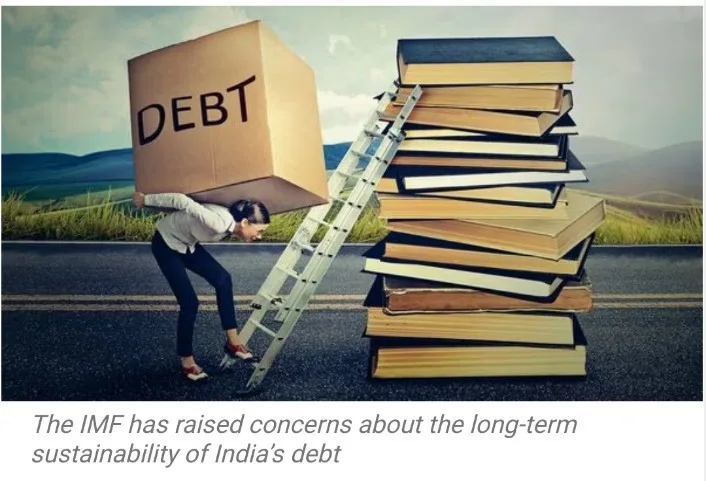The International Monetary Fund (IMF) has expressed apprehensions regarding the long-term sustainability of India’s debts, suggesting that general government debt may surpass 100 percent of the country’s gross domestic product (GDP) soon. In its annual Article IV consultation report, the IMF emphasized the need for substantial investments to achieve India’s climate change mitigation targets and enhance resilience to climate stresses and natural disasters.
The Indian government, however, has contested these warnings, asserting that risks associated with sovereign debt are notably limited as it is primarily in domestic currency. KV Subramanian, India’s executive director at the IMF, disagreed with the IMF’s projections, highlighting historical shocks experienced by India and emphasizing the limited increase in the public debt-to-GDP ratio.
Despite the disagreement on debt sustainability, the IMF also reclassified India’s exchange rate regime as a “stabilized arrangement” instead of “floating,” a change opposed by the Indian government. Divergent views also emerged on the impact of foreign exchange intervention on the rupee-USD exchange rate.
While acknowledging India’s effective inflation management during global commodity price hikes, the IMF projected a balanced outlook for India’s economic growth, revising the medium-term potential growth rate to 6.3 percent. The Indian government expressed even greater optimism, estimating a potential growth rate of 7-8 percent.
Contradictory views surfaced on financial sector vulnerabilities, with the IMF expressing concerns about non-banking financial companies (NBFCs), a sentiment rejected by Subramanian. He highlighted strong macro fundamentals and predicted a broadening investor base for India in emerging government bond indices.
[Stay updated with the latest economic insights and diverging perspectives.]







